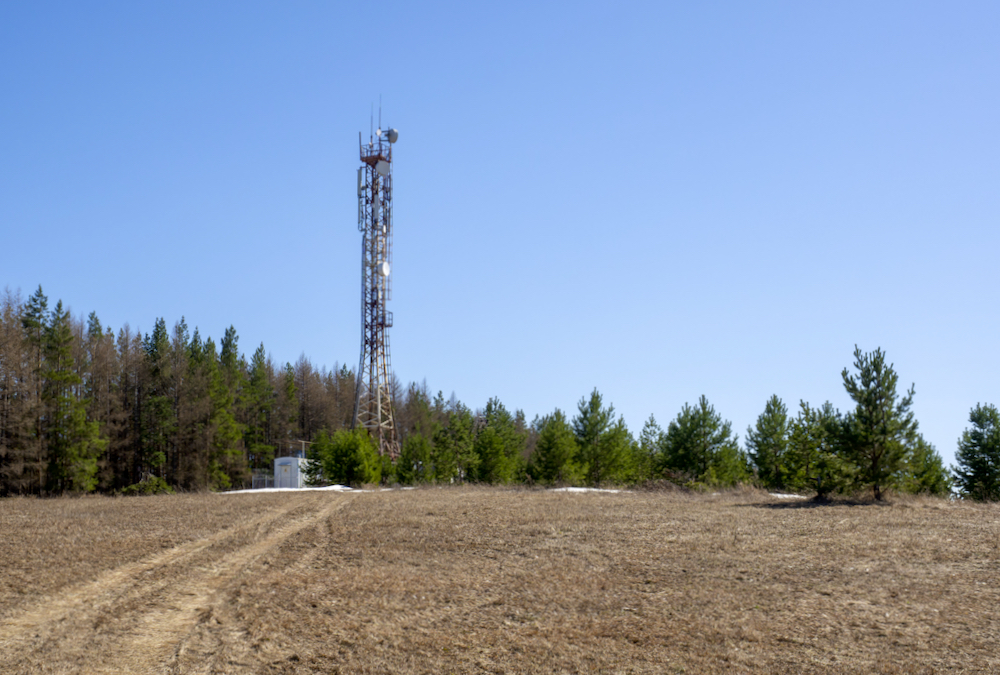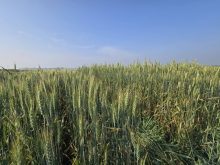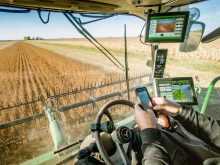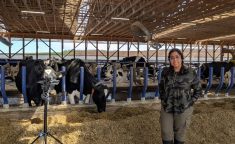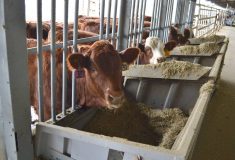Government’s definition of high-speed internet for rural areas isn’t all that high, especially for farmers taking advantage of new technology.
The problem is that the provincial government’s minimum standard (50 megabits per second for downloads and 10 mbps for uploads) is the same baseline Ottawa set seven years ago, and a lot has changed since then, said internet expert Imran Mohiuddin of Cybera.
Read Also

The long march to autonomy
The big players in the machinery market keep adding pieces towards autonomous vehicles for farming, but how far away is a final product?

“Very generally speaking, for an average household, 50/10 is sufficient for day-to-day use but there are classes of people that are going to need higher than that,” said Mohiuddin, a policy analyst with the Calgary non-profit, which focuses on development of the province’s cyber-infrastructure.
And increasingly, farmers — and the machines and technology they use — need much larger bandwidth, he said.
“In the rural context especially, it’s going to be growing over time because the Internet of Things and precision agriculture have been taking off the last couple of years,” said Mohiuddin. “And the bandwidth needs are only going to be growing.”
In recent years, both the provincial and federal governments have made numerous pledges to bridge the urban-rural digital divide. Just before Christmas, the province said it was accepting applications for a $36-million “funding stream” for communities with poor internet service.
In all, the province and Ottawa have promised $780 million over four years to “eliminate the digital divide.”
Ottawa’s half share is coming from its $3.25-billion Universal Broadband Fund, which set the bar for high speed at 50 mbps for downloads and 10 mbps for uploads.
[RELATED] Blazingly fast broadband arrives — but only for some
That’s likely to be the baseline for many years, said Mohiuddin.
“After the 50/10 standard was set, the federal government started setting funding and strategy targets (using that standard) that reach all the way out to 2030. So 50/10 is kind of locked in as a metric for the federal government all the way up to 2030.”
But city residents can already get much higher speeds. For example, Telus and Bell have numerous plans that offer 150, 500 or 1,500 (or more) mbps download and upload speeds.
Still, while 50/10 is low by urban standards, it would be a significant step up for a lot of rural residents, said Mohiuddin.
“Most people in the urban centres have access to 50/10,” he said. “The numbers are in the high 90 percent — basically universal. As you go into rural areas, that drops to about 40 per cent. Go into First Nations communities and it drops to about 20 per cent.”
When high speed isn’t available, it has real economic and social consequences, said Mohiuddin, whose organization promotes digital technology as a key driver of economic growth in Alberta.
“The existence of high-speed internet is very, very important to maintain the ability of people to stay in the communities rather than having to move out to the cities and for businesses to be able to operate and maintain the kind of economic and tax base for the community (they need).”
And it’s not just that the 50/10 standard can be insufficient. There are also inequities in how that standard is applied.
“There were some communities where the federal government’s mapping found they were fully connected,” said Mohiuddin. “But the actual experience of the people living there was very different because there were some pockets that had high-speed Internet and there were pockets — maybe even larger pockets — that didn’t.”
The province will consider funding communities rejected because of Universal Broadband Fund mapping but it will still be using the same mapping metrics, said Mohiuddin. For this reason, communities should consider mapping their own internet speeds, he said.
“Communities are going to have to prove conclusively that they are in that kind of category. They are going to have to do their own mapping to show that their actual speeds are lower than the federal government determined. It’s a very complicated problem and potentially unavoidable.”
Despite its flaws, Mohiuddin said there’s still a lot to like about the Alberta Broadband Fund, especially in the context of the $1 billion Alberta Broadband Strategy.
“It’s a significant bucket of funding for broadband infrastructure deployment in Alberta,” he said. “We’re going to have to wait and see how it actually all pans out. There may still be some communities left out based on the eligibility criteria, but very generally I think it’s a step in the right direction.”
The $36 million the province announced last month has two applications routes.
One is for communities where delivered internet speeds are below the 50/10 target, and is open to municipalities and internet service providers.
The second one is for underserved communities that either did not apply to the Universal Broadband Fund or were considered ineligible. This second route will provide underserved households with a one-time grant to offset the costs of adopting high-speed internet.
For more information, go to the ‘Alberta Broadband Fund’ page at alberta.ca.


